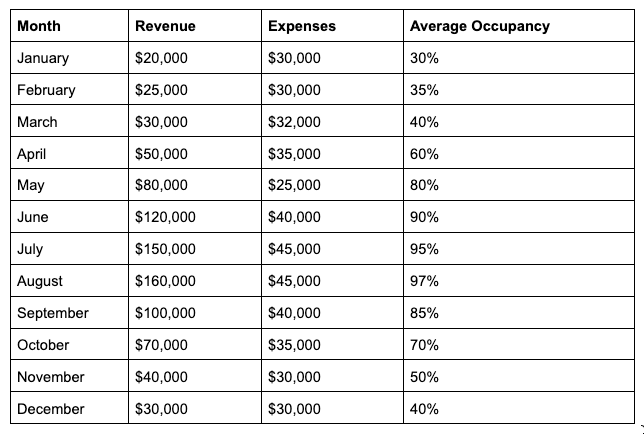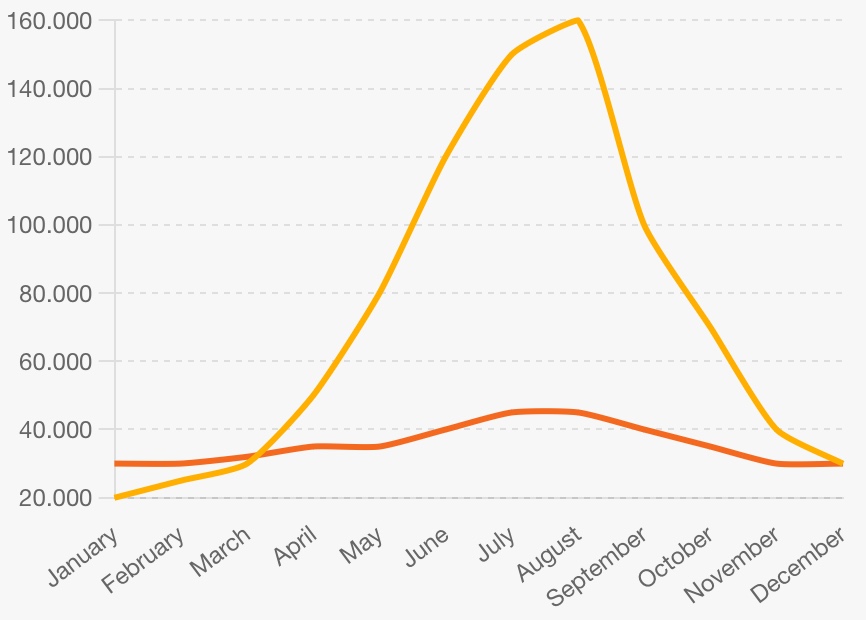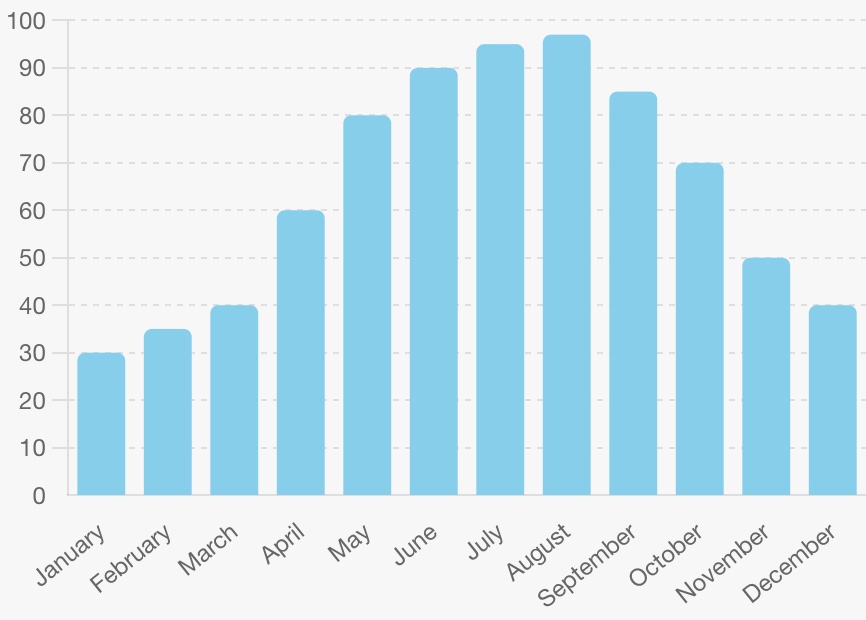While it may seem that AI is a recent phenomenon, the field of artificial intelligence has been developing for decades.
However, now we’re seeing (and using) AI that can help us dramatically with our day-to-day tasks. What recent advancement caused this boom in AI technology?
The answer is generative AI.
What is generative AI?
As the name suggests, generative AI, unlike other types of AI that only classify or predict, is a type of artificial intelligence capable of generating or creating new content.
What is the difference between generative AI and predictive AI?
Generative AI is like a librarian to whom you can say, “Write me a detective story that includes a cat, a mouse and an olive tree.” Having read all the detective stories in the library, GenAI has the ability to then generate unique and original content for your detective story using your prompts.
Predictive AI, on the other hand, would be like a librarian that’s only capable of recommending detective books. Based on the data it’s gathered about you from library searches and books you’ve previously checked out, the books the predictive AI recommends will include stories about cats, mice and olive trees.
What are some generative AI examples?
Examples of the tasks you can have GenAI help you do include:
- Writing content (blogs, stories, essays, brand taglines, etc.)
- Composing music
- Creating/editing video
- Creating/editing art
- Creating/editing images
- Creating code in various programming languages
- Answering questions in text or through audio responses
How does GenAI work?
At the heart of many types of generative AI are neural networks. These are information-processing systems inspired by the human brain.
These networks consist of layers of nodes, or “neurons,” that process information and learn patterns from large amounts of data. They form what is known as deep learning.
Due to their parallel processing power and ability to process large volumes of data, machine learning GPUs are essential for training neural networks.
What’s involved in the generative AI training process?
The “training” process of GenAI involves feeding the model with vast amounts of data, such as texts, images or music. This is how it learns to identify patterns and relationships.
For example, a Large Language Model (LLM), a specific application of generative AI, might be trained with millions of books and articles to learn grammar, vocabulary and style. Using all that data, it can recognize effective and coherent events in a dramatic story and generate your content.
Can generative AI help me?
Having a tool that can create content can help you with creative tasks in the workplace, quickly creating images, landing pages and even audio clips.
But did you know it can also help you with analytical tasks?
Imagine you run a hotel on the beach, and your business is heavily affected by the time of year or season.
In winter, the influx of patrons is so low that you need to devise specific strategies to keep your business afloat. Otherwise, you’ll have to consider temporarily closing the hotel.
Here is a data table that shows your hotel’s revenue and expenses:

Using GenAI, you can take this table, input it into the tool and create dashboards and reports for data analysis, visualization, and business summaries—without needing a data analyst to code.
First, you’d simply ask your GenAI tool, in your own language, something like:
“Hello, this data I’m providing includes the revenue, expenses, and average occupancy of my hotel throughout the year. Could you show them to me in different graphs to see if it’s worth keeping the hotel open year-round?”
Then, attach your data table and have your GenAI tool generate your graphs. In addition to being trained to understand and generate human text, GenAI can also be trained in data science and create code in Python.



The third graph (the green one) easily shows that profitability in your hotel was negative until April.
You could share these graphs in presentations with other stakeholders to propose a plan for those “bad months.” If you need help proposing ideas, you could even ask your GenAI tool for advice.
The example above shows a small table with only a few elements of data and you could almost draw these graphs by hand. But what if you have a spreadsheet with thousands of columns and dozens of rows representing data from thousands of customers? It’d take hours of training in Python code and libraries to do what GenAI can create in seconds.
Fun Fact: The acronym GPT in chatGPT stands for “Generative Pre-trained Transformers.” The “generative” part of the name refers to its ability to generate content. “Pre-trained,” instead of just “trained,” indicates that the model was previously trained with a massive amount of data to understand and generate text naturally and coherently.
How can I build my own Generative AI solution?
The downside of generative AI is that the content generated depends on the quality of the data that the tool was trained on.
This means that there may be inaccuracies or biases.
To avoid this, you could build your own Gen AI tool that’s trained with your specific company data.
However, building your own GenAI tool is a significant feat.
It would require many tech professionals, like data engineers, data scientists, machine learning experts, software developers and more.
Below, we explain the basic steps you’d have to take to build your own custom GenAI solution.
To illustrate the steps, this is what you’d have to do to, for example, create a chatbot for your business that answers the phone for your customers.
1. Define Requirements and Objectives
Understand and define the specific tasks you want the model to perform (for example, answering frequently asked questions, processing orders, resolving technical issues). Also, define the tone and style of the responses and the limits of what your chatbot should handle.
2. Collect Data
Gather a large amount of relevant data, such as previous call transcripts, customer service emails, chats, etc.
3. Process Data
Anonymize and clean the data to ensure customer privacy and training quality.
4. Select and Train the Model
Choose an appropriate model and train the model using the collected data. This may require technical expertise and significant computing resources.
5. Integrate Into a Platform
Integrate the trained model into an automatic response platform.
6. Deploy and Monitor
Deploy the model in a real environment and monitor its performance. You’d also need to establish a process for updating the model based on customer feedback and new data.
Finding GenAI solutions
Whether you use an already trained GenAI or invest in building your own, these tools can make your work more efficient, saving you time and resources.
Massed Compute offers NVIDIA cloud compute solutions that support intensive artificial intelligence applications. Check out our offerings.

